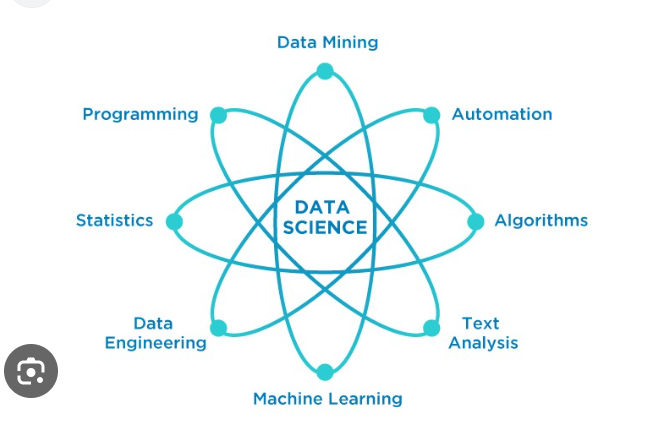Data science is a multidisciplinary field that involves extracting knowledge and insights from data using various techniques, algorithms, and methodologies. It combines elements from statistics, computer science, domain expertise, and data analysis to understand complex data sets, extract meaningful patterns, and make informed decisions. Here are the key components of data science:
-
Data Collection: Data science starts with the collection of relevant data from various sources, which can include structured data (like databases and spreadsheets) and unstructured data (like text, images, and videos).
-
Data Cleaning and Preprocessing: Raw data often contains inconsistencies, missing values, and errors. Data scientists clean and preprocess the data to ensure it’s accurate, complete, and ready for analysis.
-
Exploratory Data Analysis (EDA): Data scientists perform EDA to understand the characteristics of the data, identify patterns, relationships, and outliers. This step helps in selecting appropriate methods for analysis.
-
Feature Engineering: Data scientists engineer or select relevant features (variables) from the data that are most meaningful for solving a specific problem. Feature engineering can involve transforming, combining, or creating new features.
-
Model Building: This involves selecting appropriate algorithms or statistical models to analyze the data and extract insights. It could include machine learning algorithms, statistical methods, and other techniques.
-
Training and Testing Models: If machine learning is involved, data scientists split the data into training and testing sets. The model is trained on the training set and then tested on the testing set to evaluate its performance.
-
Model Evaluation and Optimization: The model’s performance is assessed using various metrics. If the model doesn’t perform well, data scientists might adjust parameters, try different algorithms, or perform more feature engineering to improve results.
-
Visualization: Data visualization is a crucial aspect of data science. Effective visualizations help communicate insights and findings to stakeholders in a more understandable and interpretable manner.
-
Interpretation and Insights: Data scientists analyze the results of their models and extract meaningful insights from the data. These insights can inform decision-making, provide new perspectives, and support business strategies.
-
Deployment: In some cases, data science models are deployed into real-world applications. This can include integrating models into websites, apps, or business processes to make automated decisions or recommendations.
- DATA SCIENCE COURSE IN PUNE


